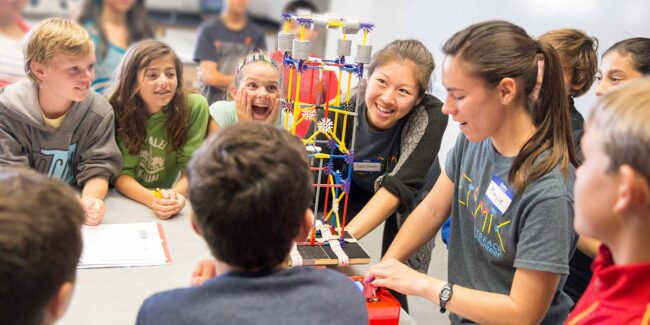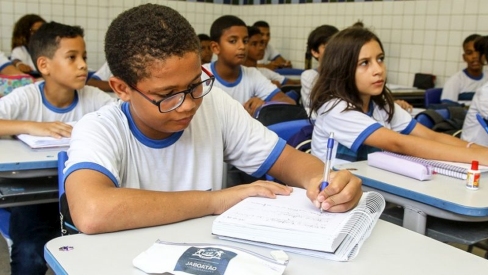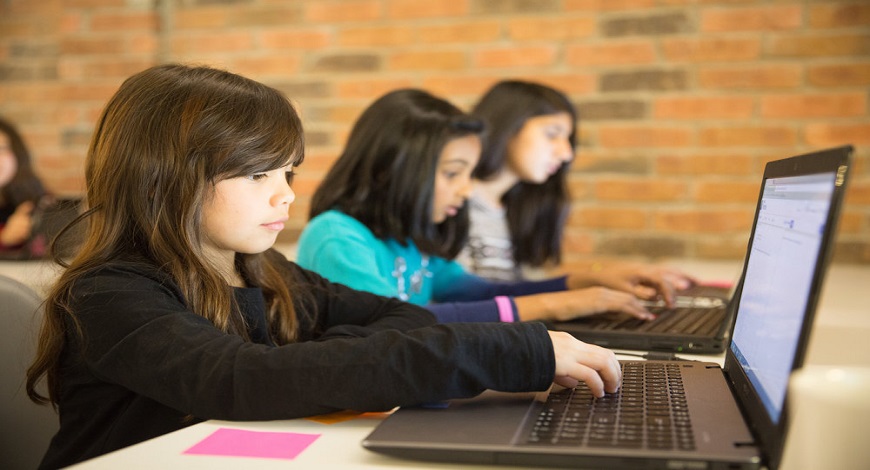Technology is increasingly being used in schools. Some schools use technology for classroom instruction, while others use technology for administrativ
Technology is increasingly being used in schools. Some schools use technology for classroom instruction, while others use technology for administrative purposes. Many schools use a mix of both. Technology can be a valuable tool for teachers and students alike. It can help teachers to prepare lessons more effectively and efficiently, and it can help students to learn and retain information more effectively. In addition, technology can help to facilitate communication between teachers and students, and between parents and schools. As technology continues to evolve, its role in education is likely to continue to grow.
As technology becomes more and more commonplace in society, its use in schools has increased as well. From basic things like using computers to surf the internet and type papers, to more advanced technology like 3D printers and virtual reality headsets, technology is becoming a regular part of the school day. Some schools are even starting to require students to bring their own devices, like laptops or tablets, to class.
While technology can be a great asset in education, there is also a risk of students becoming too reliant on it. When used correctly, technology can supplement and enhance the educational experience. However, it is important to strike a balance so that students still learn how to think independently and solve problems without depending on technology.

1. How much technology is used in schools and what are the benefits?
Technology is used extensively in schools nowadays. Many school administrations use technology for a variety of purposes, such as tracking attendance or keeping records of student performance. Additionally, many teachers use technology in the classroom to prepare lessons more effectively and to help students learn more efficiently. Some benefits of technology in schools include improved communication between teachers and students, more effective lesson preparation, and better retention of information by students.
Technology is used in schools and the benefits that it can provide, it is important to consider some potential drawbacks as well. For example, technology can be a distraction for some students, and it can also be quite expensive for schools to implement and maintain. Additionally, some people worry that technology will eventually replace human teachers altogether. However, technology can also be used to supplement the work of teachers, rather than replace them. Overall, technology can be a valuable tool for both teachers and students when used correctly.
2. What type of technology is used in schools and how does it help students learn?
Technology is used in schools to help students learn in a more effective and efficient way. Technology can help teachers to prepare lessons more effectively and efficiently, and it can help students to learn and retain information more effectively. In addition, technology can help to facilitate communication between teachers and students, which can lead to a better understanding of the material being taught.
There are many different types of technology that are used in schools, and each has its own advantages and disadvantages.
Some of the most common types of technology that are used in schools include:
Classroom instruction technology: This type of technology includes tools such as whiteboards, projectors, and computers that are used to facilitate classroom instruction. Classroom instruction technology can be a valuable tool for teachers and students alike, as it can help to improve the quality of instruction and make learning more engaging and interactive. However, it is important to note that this type of technology can also be a distraction for some students, and it is important to use it in a way that is most beneficial for the students in the class.
Administrative technology: This type of technology includes tools such as student information systems, scheduling systems, and financial aid systems. Administrative technology can be extremely helpful for schools in terms of managing their finances, tracking student progress, and communicating with parents and guardians. However, it is important to note that this type of technology can also be a source of frustration for some users, and it is important to use it in a way that is most beneficial for the school.
Communication technology: This type of technology includes tools such as email, instant messaging, and social networking. Communication technology can be a valuable tool for teachers and students alike, as it can help to facilitate communication between them. However, it is important to note that this type of technology can also be a source of distraction for some users, and it is important to use it in a way that is most beneficial for the students in the class.
Technology can be a valuable tool for both teachers and students when used in the right way. It is important to consider the benefits and disadvantages of each type of technology before using it in a school setting, as each type of technology has its own unique advantages and disadvantages. When used in the right way, technology can help to improve the quality of instruction and make learning more engaging and interactive. However, it is important to note that technology can also be a source of distraction for some students, and it is important to use it in a way that is most beneficial for the students in the class.

3. Are there any negative effects of using too much technology in schools?
On the other hand, there are some potential negative effects of using too much technology in schools. One of the main concerns is that technology can be a distraction for students. If students are using technology for non-educational purposes, or if they are using it in ways that are not beneficial to their learning, it can be a distraction and interfere with their education.
Another concern is that technology can be used to cheat on tests or assignments. If students are able to access answers to questions online, or if they can use technology to plagiarize, it can dishonest and undermine the educational process. Finally, there is a concern that technology can lead to a decrease in face-to-face interaction. If students are communicating via technology rather than in person, they may not be developing important social skills.
Conclusion: Technology can be a great asset in education, but it is important to strike a balance so that students still learn how to think independently and solve problems without depending on technology. While technology can help teachers prepare lessons more effectively and efficiently, and help students learn more effectively and retain information more effectively, it is important to maintain a balance so that technology does not become a crutch. Technology should supplement and enhance the educational experience, not replace it.
Thus, while technology can be a valuable addition to the classroom, it is important to use it in a way that is beneficial to students and does not interfere with their learning.
What are your thoughts on this? Do you think technology is a valuable addition to the classroom, or do you think it can be a distraction? Let us know in the comments!
